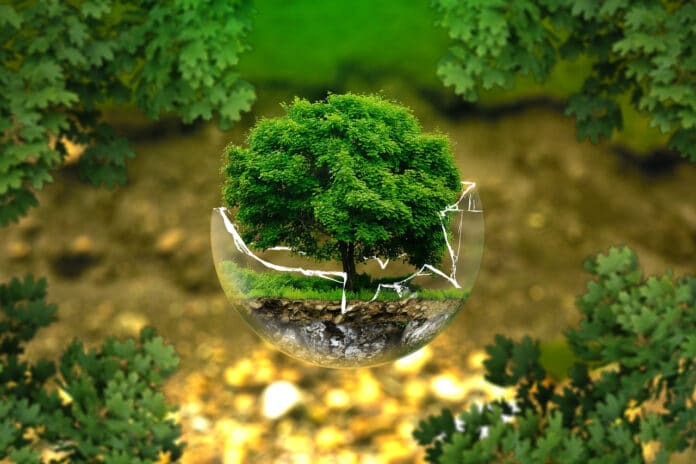Vegetation green leaf phenology directly impacts terrestrial ecosystems’ gross primary productivity (GPP). Satellite observations of land surface phenology (LSP) are essential to monitoring the critical timing of vegetation green leaf development. However, differences between satellite-derived LSP proxies and in-situ measurements of GPP make it challenging to quantify the impact of climate-induced changes in green leaf phenology on annual GPP.
North Carolina State University scientists estimated global changes in plant leaf growth owing to global warming using satellite photos and field sensors. The quantity of carbon dioxide plants can absorb and store depends significantly on changes in “greening” or the number of leaves plants can generate.
Study co-author Josh Gray, associate professor of forestry and environmental resources at NC State, said, “As we work to anticipate the future climate, a big question is: What’s going to happen to vegetation, one of the largest stores of carbon on earth?”
“We know temperatures will rise and the growing season will be longer in most places, but there are a lot of unknowns about how that will affect how carbon is cycled between plants and the atmosphere. Our new results allow us to be more confident about those changes.”
“In addition to changing the timing and length of the seasons, climate change has also meant new plant growth in some areas. However, changes in the climate could also contribute to what they call “browning.” In addition, higher temperatures can interfere with plant photosynthesis.”
“A major outstanding question for climate change researchers is how changes in season length and “greening” versus “browning” will impact how much carbon dioxide plants will take up from the atmosphere at a global scale. This is particularly important given that carbon dioxide is a greenhouse gas that contributes to global climate change.”
The study’s first author Xiaojie Gao, a graduate student at NC State’s Center for Geospatial Analytics, said, “An early spring might be good for plant productivity because you have a longer carbon uptake period. However, a longer autumn might make the situation worse. In autumn, plants tend to emit carbon.”
This new study aims to determine the role of growing season length, and the number of leaves plants produce in carbon uptake. They measured plant leaf biomass using satellite infrared light observations between 2000 and 2014. Because infrared light is ineffective for photosynthesis, plants deflect it.
Gray said, “Healthy green leaves are like infrared mirrors. So, they look really ‘bright’ to satellites in these wavelengths. With a few tricks, we can calculate an index combining how bright a place is in infrared and red wavelengths, corresponding to how many leaves are there.”
They measured plant leaf biomass using satellite infrared light observations between 2000 and 2014. Because infrared light is ineffective for photosynthesis, plants deflect it.
They found the amount of leaf biomass, or the amount of leaves plants produce in a year, has a bigger impact on net carbon uptake than changes in the growing season length.
Gray said, “There are some places where we have more leaves than we used to have, particularly at the higher latitudes. There are also some places where spring might be coming early, and fall might be coming late. These changes are all affecting the amount of photosynthesis that is going on. Still, the amount of leaves plants produce has a stronger association with carbon uptake than changes in growing season length. In other words, we found that greening trends were more important pound for pound than an extension in the growing season for carbon uptake.”
“The findings also suggest satellite imagery could be a helpful tool to help track changes in plant growth, and changes to the carbon cycle, as the climate changes. In addition, their findings should inform future predictions of plants’ future role in carbon capture.”
“Is the vegetation across the globe going to get more productive? That part of the carbon budget has big error bars on it. We can use this information to be more confident about what those changes might look like.”
Journal Reference:
- Xiaojie Gao, Ian R. McGregor et al. Observations of satellite land surface phenology indicate that maximum leaf greenness is more associated with global vegetation productivity than growing season length. Global Biogeochemical Cycles. DOI: 10.1029/2022GB007462
